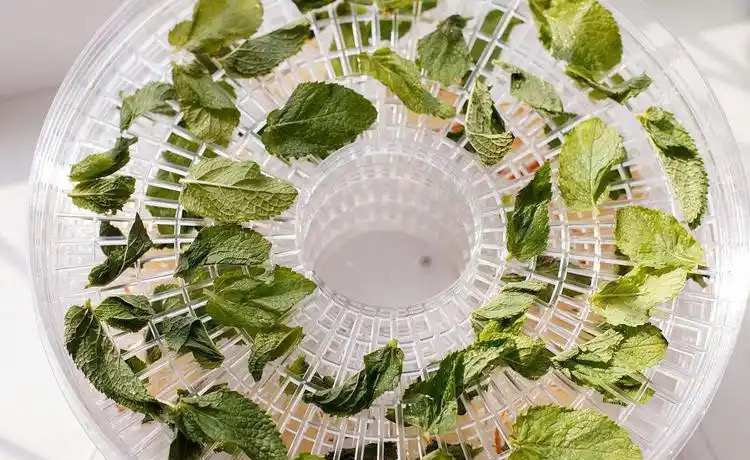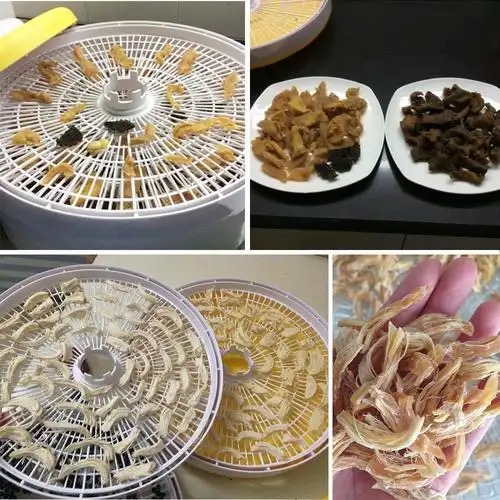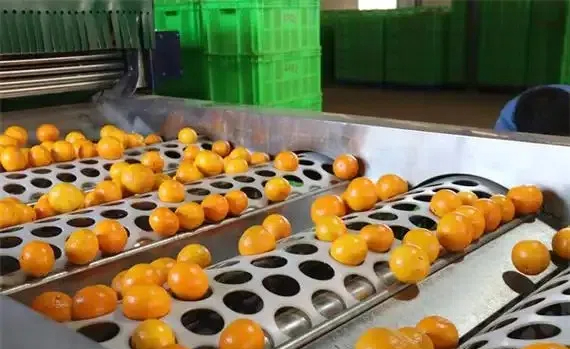
Content Menu
● Understanding Heat Pump Dryers
>> How Heat Pump Dryers Work
● Cost of Running a Heat Pump Dryer
>> Comparison of Dryer Types
● Factors Influencing Running Costs
● Benefits of Using Heat Pump Dryers
● How to Calculate Running Costs
● Practical Tips for Reducing Running Costs
● Common Misconceptions About Heat Pump Dryers
● Additional Considerations
● Conclusion
● FAQ
>> 1. How do heat pump dryers compare to traditional dryers?
>> 2. What is the average lifespan of a heat pump dryer?
>> 3. Can I use my heat pump dryer for all types of fabrics?
>> 4. Are heat pump dryers more expensive upfront?
>> 5. How often should I clean my heat pump dryer?
Heat pump dryers have gained popularity due to their energy efficiency and cost-effectiveness. Understanding the operational costs associated with these appliances is essential for consumers looking to save on energy bills while maintaining effective drying capabilities. In this article, we will explore the running costs of heat pump dryers, compare them with other types of dryers, and provide insights into their benefits and usage.

Understanding Heat Pump Dryers
Heat pump dryers utilize a refrigeration cycle to dry clothes, making them significantly more energy-efficient than traditional dryers. They work by extracting moisture from the air inside the drum and recycling the heat generated during this process. This method allows them to operate at lower temperatures, which not only conserves energy but also protects delicate fabrics.
How Heat Pump Dryers Work
Heat pump dryers function by circulating air through a closed-loop system. The process involves:
1. Heat Absorption: The dryer draws in air from the drum and passes it over an evaporator coil, where the refrigerant absorbs heat from the air.
2. Moisture Removal: As the air heats up, it can hold more moisture. The warm air is then directed into the drum, where it evaporates moisture from the wet clothes.
3. Heat Recycling: After passing through the drum, the now humid air is sent back to the evaporator coil, where it releases its moisture and is cooled down before being reheated and recirculated.
This continuous cycle allows heat pump dryers to dry clothes effectively while consuming less energy compared to conventional methods.
Cost of Running a Heat Pump Dryer
The cost to run a heat pump dryer can vary based on several factors, including the model's energy efficiency rating, local electricity prices, and usage frequency. On average, a heat pump dryer consumes about 2.16 kWh per full load cycle, translating to a running cost of approximately £0.59 per cycle. This is significantly lower than traditional vented or condenser dryers, which can cost over £1.20 per load.
Comparison of Dryer Types
| Dryer Type | Energy Consumption (kWh) | Average Cost per Cycle (£) |
| Vented Dryer | 5.34 | 1.44 |
| Condenser Dryer | 5.2 | 1.40 |
| Heat Pump Dryer | 2.16 | 0.59 |
This table illustrates that heat pump dryers are not only more energy-efficient but also offer substantial savings in running costs compared to their counterparts.
Factors Influencing Running Costs
Several factors influence the operational costs of heat pump dryers:
- Energy Efficiency Rating: Most heat pump dryers have an energy efficiency rating between A and A+++, which indicates their ability to use electricity efficiently.
- Local Electricity Rates: The cost of electricity varies by region, affecting overall running costs.
- Frequency of Use: The more frequently a dryer is used, the higher the cumulative costs will be.
- Load Size: Drying larger loads can be more economical per item than smaller loads since the energy cost per load decreases with increased capacity utilization.
Benefits of Using Heat Pump Dryers
Using a heat pump dryer comes with several advantages:
- Energy Savings: As highlighted, they consume less energy compared to traditional dryers, leading to lower bills.
- Gentler on Clothes: The lower drying temperatures help maintain the integrity of fabrics, reducing wear and tear.
- Environmental Impact: Lower energy consumption translates to a reduced carbon footprint.
- Versatility: Many heat pump dryers come with various drying programs tailored for different fabric types and load sizes, allowing for customized drying cycles.
- Condensation Management: Unlike vented dryers that expel hot air outside, heat pump dryers condense moisture into water that can be drained away or collected in a tank for easy disposal.

How to Calculate Running Costs
To determine the exact running cost of your heat pump dryer, you can use the following formula:
Cost = Energy Consumption kWh × Electricity Rate kWh × Number of Loads
For example, if your electricity rate is £0.27 per kWh and you run your dryer for 10 loads:
Cost = 2.16 kWh × 0.27 kWh×10 = £5.83
This calculation shows how easily you can estimate your monthly or yearly expenses based on your usage patterns.
Practical Tips for Reducing Running Costs
To maximize savings while using a heat pump dryer:
- Dry Full Loads: Always aim to dry full loads instead of smaller batches. This maximizes efficiency and minimizes costs per item dried.
- Maintain Your Dryer: Regular cleaning of filters and vents can improve efficiency. Clogged filters can increase drying times and energy consumption.
- Use Sensor Drying: Many modern heat pump dryers come with sensor drying features that automatically stop the cycle when clothes are dry, preventing over-drying.
- Optimize Load Arrangement: Ensure that clothes are evenly distributed in the drum to allow optimal airflow around them during drying.
- Consider Off-Peak Usage: If your utility provider offers lower rates during off-peak hours (like late at night), consider running your dryer during these times for additional savings.
Common Misconceptions About Heat Pump Dryers
Despite their benefits, there are several misconceptions about heat pump dryers that may deter potential buyers:
- They Take Longer to Dry Clothes: While it's true that heat pump dryers may take longer than traditional models due to their lower operating temperatures, this is often offset by their efficiency and gentler drying methods that preserve clothing quality.
- Higher Initial Costs Mean Less Value: Although they typically have higher upfront costs compared to traditional dryers, their long-term savings in energy bills often make them more economical over time.
- Limited Capacity: Many people believe that heat pump dryers have smaller capacities than traditional models; however, there are many large-capacity options available that can handle significant loads efficiently.
Additional Considerations
As you consider investing in a heat pump dryer or evaluating your current model's efficiency:
- Look for models with advanced features such as Wi-Fi connectivity that allows you to monitor cycles remotely or receive alerts when laundry is done.
- Consider warranty options; many manufacturers offer extended warranties on high-efficiency appliances as an assurance of quality.
- Explore government rebates or incentives for purchasing energy-efficient appliances; many regions promote sustainability through financial incentives.
By taking these additional considerations into account alongside operational costs and benefits discussed earlier in this article, you will be better equipped to make informed decisions regarding your laundry practices and appliance investments.
Conclusion
Heat pump dryers represent a smart investment for consumers looking to reduce their energy bills while ensuring effective laundry care. With significantly lower running costs compared to traditional dryers and additional benefits such as gentler drying processes and environmental advantages, they are an excellent choice for modern households.
By understanding how much it costs to run a heat pump dryer and implementing strategies to minimize expenses, users can enjoy both convenience and savings in their laundry routines.

FAQ
1. How do heat pump dryers compare to traditional dryers?
Heat pump dryers are more energy-efficient than traditional vented or condenser dryers, leading to lower operational costs and less wear on clothes due to gentler drying temperatures.
2. What is the average lifespan of a heat pump dryer?
Typically, a well-maintained heat pump dryer can last between 10 to 15 years, depending on usage and care.
3. Can I use my heat pump dryer for all types of fabrics?
Yes, heat pump dryers are suitable for most fabrics; however, always check garment care labels for specific drying instructions.
4. Are heat pump dryers more expensive upfront?
Yes, they usually have a higher initial purchase price compared to traditional dryers but offer savings over time through reduced energy costs.
5. How often should I clean my heat pump dryer?
It is recommended to clean the lint filter after every use and perform a thorough maintenance check every few months.












